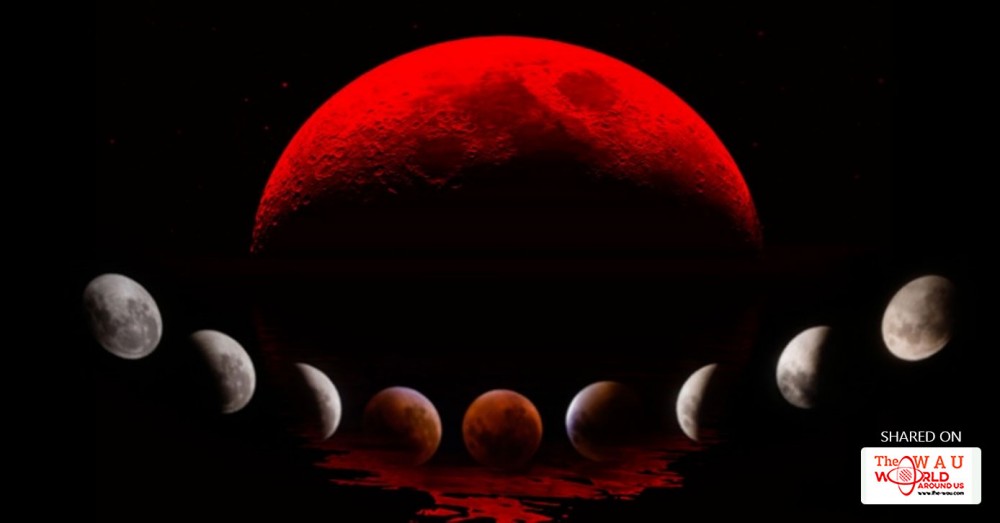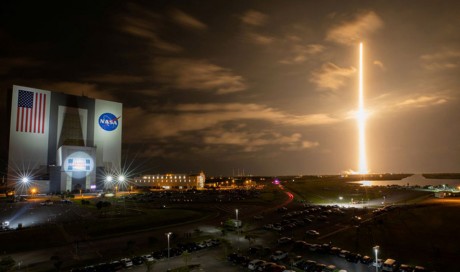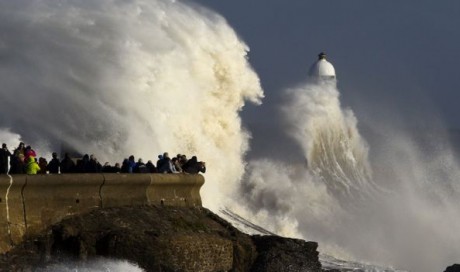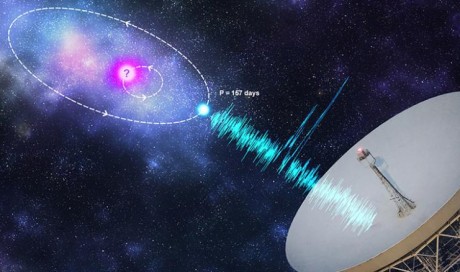For the first time in 150 years, a stunning display of celestial bodies will coincide to reveal to what stargazers are calling a “Super Blue Blood Moon.”
Not too unlike last year’s total solar eclipse, this month, on January 31, 2018, you might live in the right parts of the world to witness this stunning cosmic event.
For starters, it’s a lunar eclipse, in which the earth’s shadow fully covers up the moon—a unique occurrence in which the sun, earth, and moon all happen to be aligned.

As if that wasn’t jaw-dropping enough, due to refraction of the sun’s light through our atmosphere, which forces it into the red side of the spectrum, our eyes will see a blood red moon.
Adding to the significance of January’s event, the 31st will also mark the first time since March 31, 1866 that the lunar eclipse was also a “blue moon”, a term used to describe when there have been two full moons in the same month.
So, no, the moon will not actually look blue, but hey, blood red is pretty cool too, right?

“In order to enjoy a lunar eclipse you will need to be in the path of totality (which lasts about 77 minutes), just like a solar eclipse,” reports IFL Science, “The best places to view it will be central and eastern Asia, Indonesia, New Zealand, and Australia. Parts of North America should also get a glimpse.”
The website EarthSky provides detailed information on where and when you need to be in order to witness the event.
According to NASA expert Lyle Tavernier, part of what makes the “supermoon” so “super” is in the tiny details, which might get overlooked by some:
“Keep in mind that a 14 per cent increase in the apparent size of something that can be covered with a fingernail on an outstretched arm won’t seem significantly bigger.
“Comparing a supermoon with a typical full moon from memory is very difficult.'”
There is some minor controversy linked to this event. Learn more below:
Share This Post












